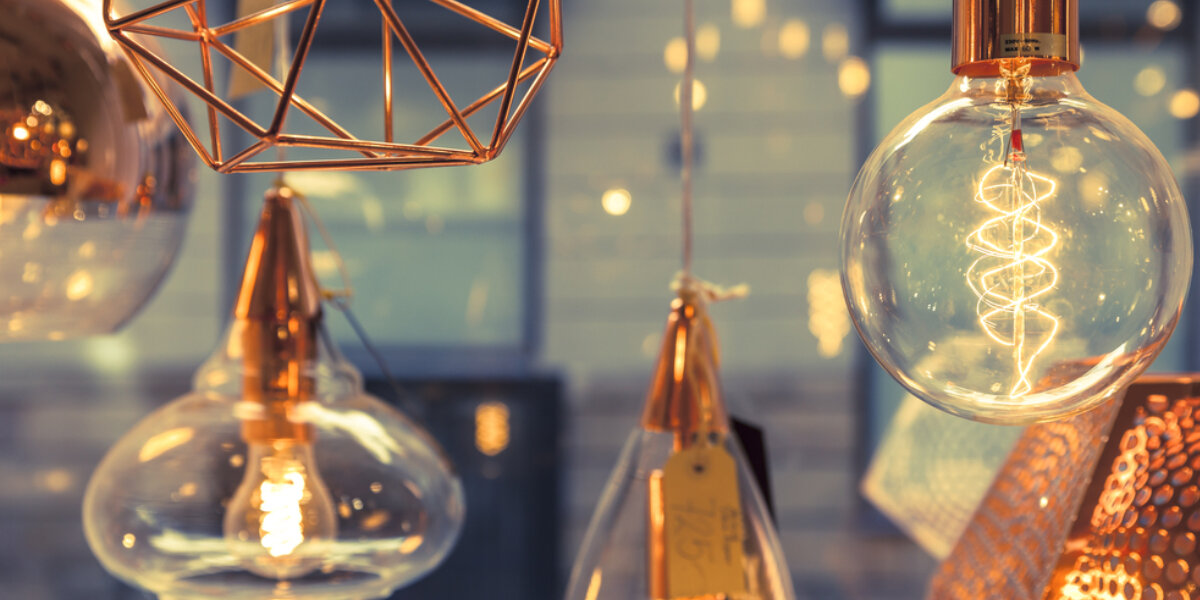In addition to the purchase price, electricity costs must also be taken into account if you want very good lighting at a reasonable cost. The differences in electricity consumption between the various lamp types are enormous. The ratio between lumens (luminous flux) and watts (power consumption), known in technical jargon as luminous efficacy, best describes energy efficiency.
Categories:
Different types of bulbs produce very different brightness despite having the same wattage: How high is the luminous efficacy of common light sources?

Luminous Efficacy of Different Lamp Types
As a guide, the following figures illustrate the big differences in the luminous efficacy of all common types of lamps:
- Incandescent bulb (general-purpose lamp): 12 lm/W
- Halogen lamp: 20 lm/W
- Energy-saving lamp: 60 lm/W
- Fluorescent tube: 90 lm/W
- LED lamps: 100 - 120 lm/W

